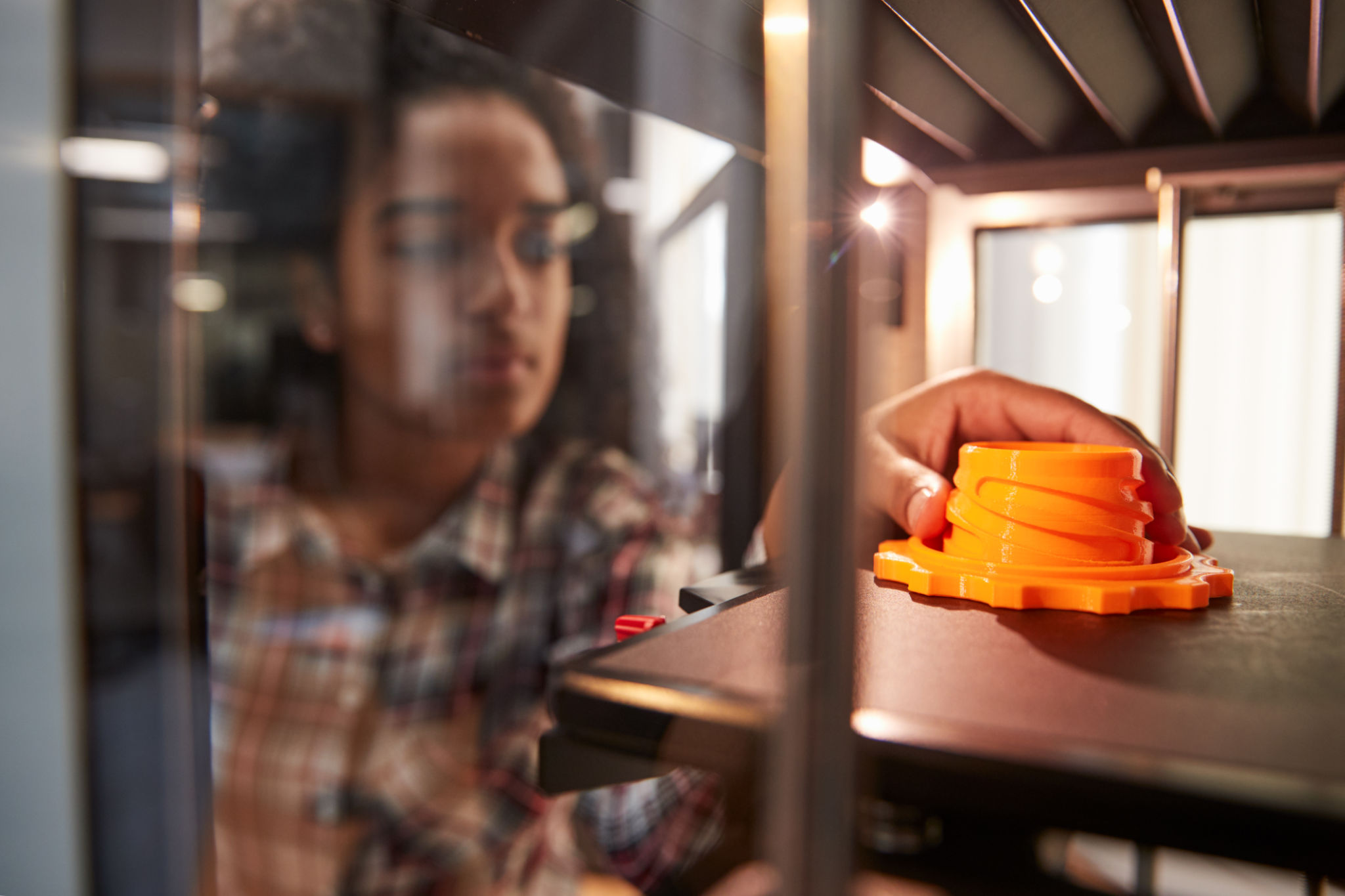How 3D Printing is Revolutionizing STEM Education
The advent of 3D printing technology is having a profound impact on various fields, and education is no exception. In particular, STEM (Science, Technology, Engineering, and Mathematics) education is being transformed by the introduction of 3D printing tools and methodologies. This innovative technology is providing students with hands-on learning opportunities that were previously unimaginable.
Enhancing Hands-On Learning
One of the primary benefits of 3D printing in the classroom is the enhancement of hands-on learning experiences. Students can now transform theoretical concepts into tangible models, allowing for a more comprehensive understanding of complex subjects. This interactive learning approach helps bridge the gap between theory and practice, making abstract concepts more accessible.
For instance, in a biology class, students can print detailed models of molecules, organs, or even entire ecosystems. These 3D models provide a deeper understanding of structures and functions that are difficult to grasp through textbooks alone.

Fostering Creativity and Innovation
3D printing encourages creativity and innovation among students by allowing them to design and create their own projects. This process not only enhances their problem-solving skills but also nurtures their ability to think critically and innovatively. Students are able to experiment with different designs, learn from their failures, and improve their solutions iteratively.
By providing students with the tools to bring their ideas to life, 3D printing fosters a culture of innovation. It empowers students to become creators rather than mere consumers of technology.
Integrating Multidisciplinary Learning
Another significant advantage of 3D printing in STEM education is its ability to integrate multidisciplinary learning. Projects often require knowledge from multiple fields, encouraging students to apply concepts from math, science, technology, and engineering collaboratively. This interdisciplinary approach prepares students for real-world scenarios where problems often require a holistic understanding.

For example, a project to design a simple mechanical structure might involve aspects of geometry, physics, and computer-aided design (CAD). Students gain valuable experience in teamwork and communication as they work together to solve complex problems.
Increasing Engagement and Motivation
The novelty and interactivity of 3D printing naturally increase student engagement and motivation. The ability to produce real-world objects from digital designs captures students' interest and enthusiasm. This engagement is crucial for maintaining student motivation in challenging STEM subjects.
Moreover, seeing their ideas materialize boosts students' confidence and encourages them to pursue further studies in STEM fields. The positive reinforcement from successfully completing 3D printing projects can lead to increased persistence in overcoming academic challenges.

Preparing for Future Careers
As 3D printing becomes increasingly prevalent in various industries, familiarity with this technology can provide students with a competitive edge in the job market. Many industries, such as aerospace, healthcare, and manufacturing, are already leveraging 3D printing for prototyping and production.
By integrating 3D printing into STEM curricula, educational institutions are equipping students with valuable skills that are highly sought after by employers. This forward-thinking approach ensures that students are well-prepared for the technological advancements of the future.
In conclusion, 3D printing is revolutionizing STEM education by providing hands-on learning opportunities, fostering creativity, promoting multidisciplinary learning, increasing engagement, and preparing students for future careers. As this technology continues to evolve, it will undoubtedly play an even more significant role in shaping the educational landscape.
